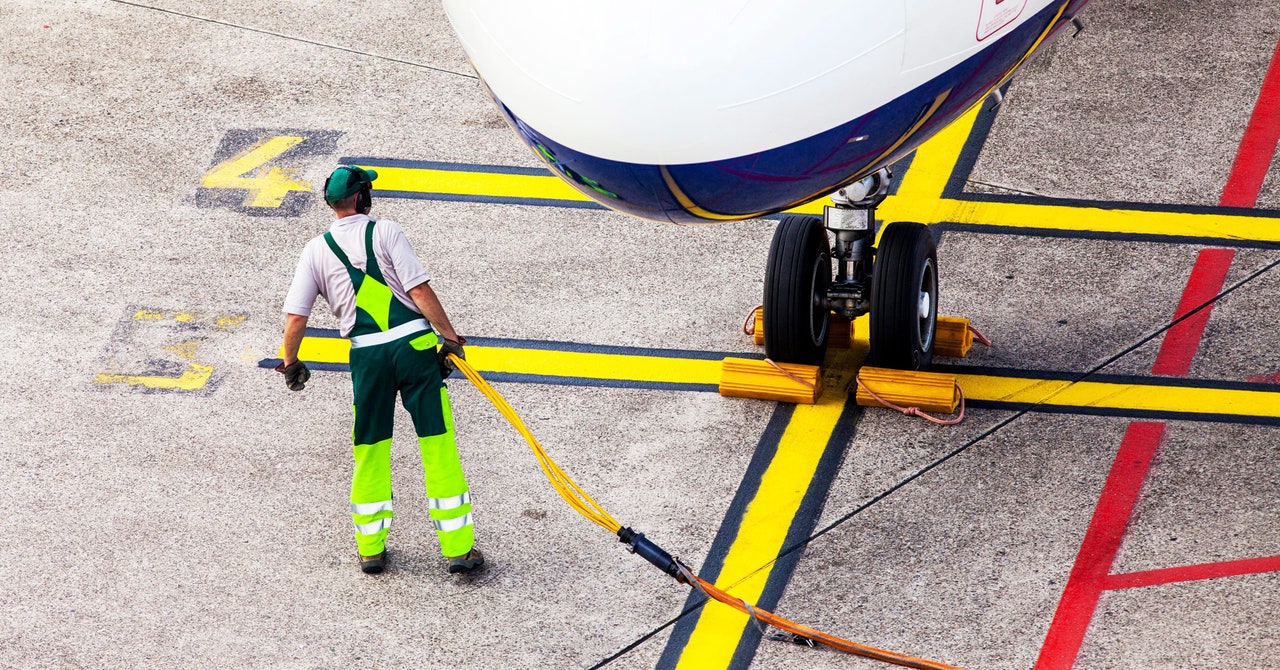
A few years ago, while driving on a stretch of interstate between Pittsburgh and San Francisco, Venkat Viswanathan began to feel a little existential. His trip was going smoothly—almost too smoothly, he thought. He would hum along for a few hundred miles at a time, stopping briefly for meals or to take in the early summer scenery. It was the classic Great American road trip. And it was hardly remarkable at all that he was doing it in an electric car.
Viswanathan, a scientist at Carnegie Mellon University, is an expert in high-energy-density batteries—designs that are meant to pack a lot of juice into not a lot of space. At times, this involves chemistry that can feel almost fanciful; the unobtanium of battery tech. But after that summer being propelled cross-country by a totally obtainable battery, he began to consider a different application for his work. “I was like, ‘Wait, what am I doing with all these new batteries I’m inventing?’” Viswanathan recalls. “Who is going to need them?” There was another way to travel coast-to-coast, he realized, one that batteries were far from decarbonizing: flight.
Over the past few years, the battery industry has largely focused on cars, yielding steady, incremental improvements to a particular scientific approach. This involves lithium ions that move between a cathode composed of a few metal oxides—including nickel, cobalt, manganese, and iron—and an anode made of graphite. This classic recipe has gotten pretty good. Recently, lithium-ion batteries have pushed the range of passenger cars past 400 miles—about as good as many combustion engines, and enough to overcome the “range anxiety” that might make some drivers reluctant to go electric. But as they approach the theoretical limit of how much energy they can store, lithium-ion batteries remain well short of what’s required for most aircraft.
The aviation industry has been grappling with this problem for a while. The industry contributes about 2 percent of global carbon emissions—a relatively small figure, but one that is poised to grow sharply as more of the world takes to the skies. (Only about one in 10 people take a flight each year, and a 2018 study estimated that 1 percent of the world’s population is responsible for half of aviation emissions.) If those planes are going to go electric, Viswanathan believes, batteries will need a radical rethink. Even regional jets meant for relatively short hops require batteries that are light but sufficiently powerful. They need enough power for takeoff, then enough energy to safely cruise over long distances. It’s possible that it will never be practical—and that greener aviation will require other approaches, like hydrogen or synthetic jet fuel.
Or by rethinking some battery fundamentals. Last week, along with other battery and aviation experts, Viswanathan published in Nature what he considers a “wake-up call” to the industry to invest in basic science beyond moving around lithium ions. In particular, the authors advocate for new cathodes involving more exotic materials, some of which produce what are known as conversion reactions, which move more electrons and can potentially pack more energy. It’s stuff that people haven’t really considered since the 1970s, when cobalt started to win out. The US Department of Energy project has set a goal of building a battery that can hold 500 watt-hours of energy per kilogram. Viswanathan and his coauthors think that for a workhorse of the skies, like the Boeing 737, we’ll need to double that, and we’ll need new chemistries to get us there. “We’re trying to move the goalpost,” he says.
The lithium-ion battery is a chemical love story. Lithium ions and electrons, once separated from each other by a charge, always seek to be reunited. The wandering of these electrons across a battery cell is what generates a current. But in that sense, lithium is limited because it has only one electron to give up. In theory, more electrons moving around would mean more energy, which is something other elements can potentially offer. Try iodine, maybe, or sulfur or fluorine, and you can get more electrons buzzing.


